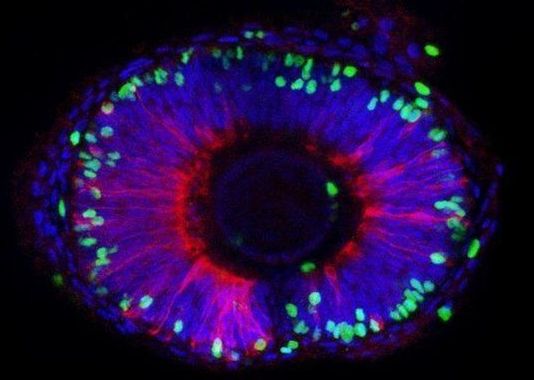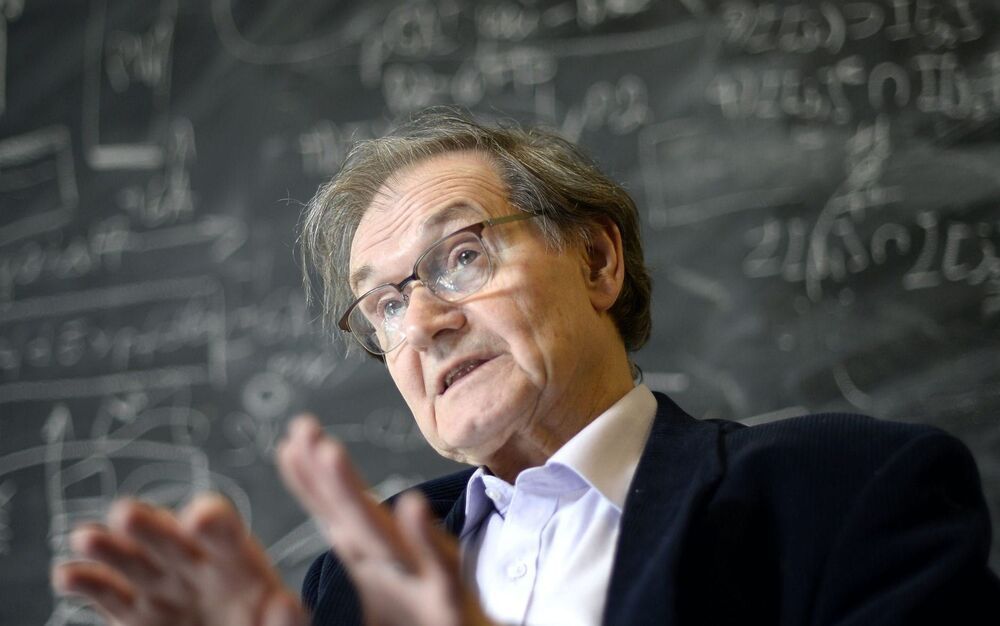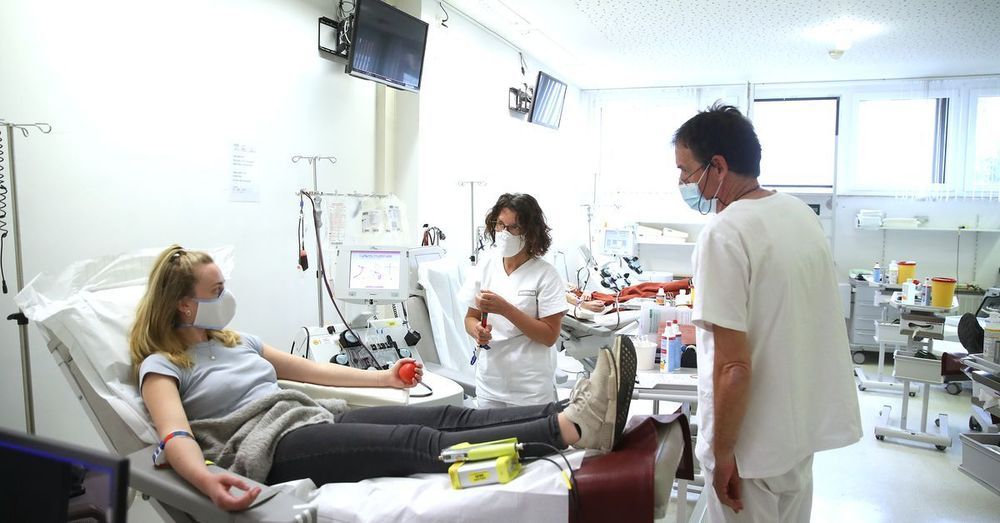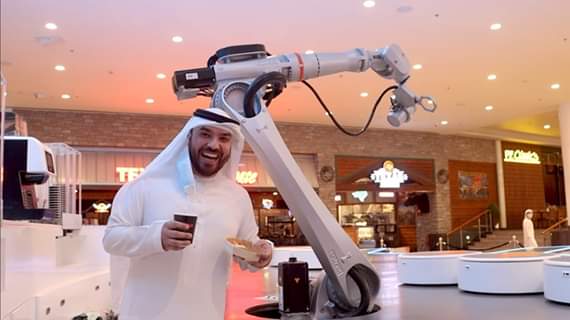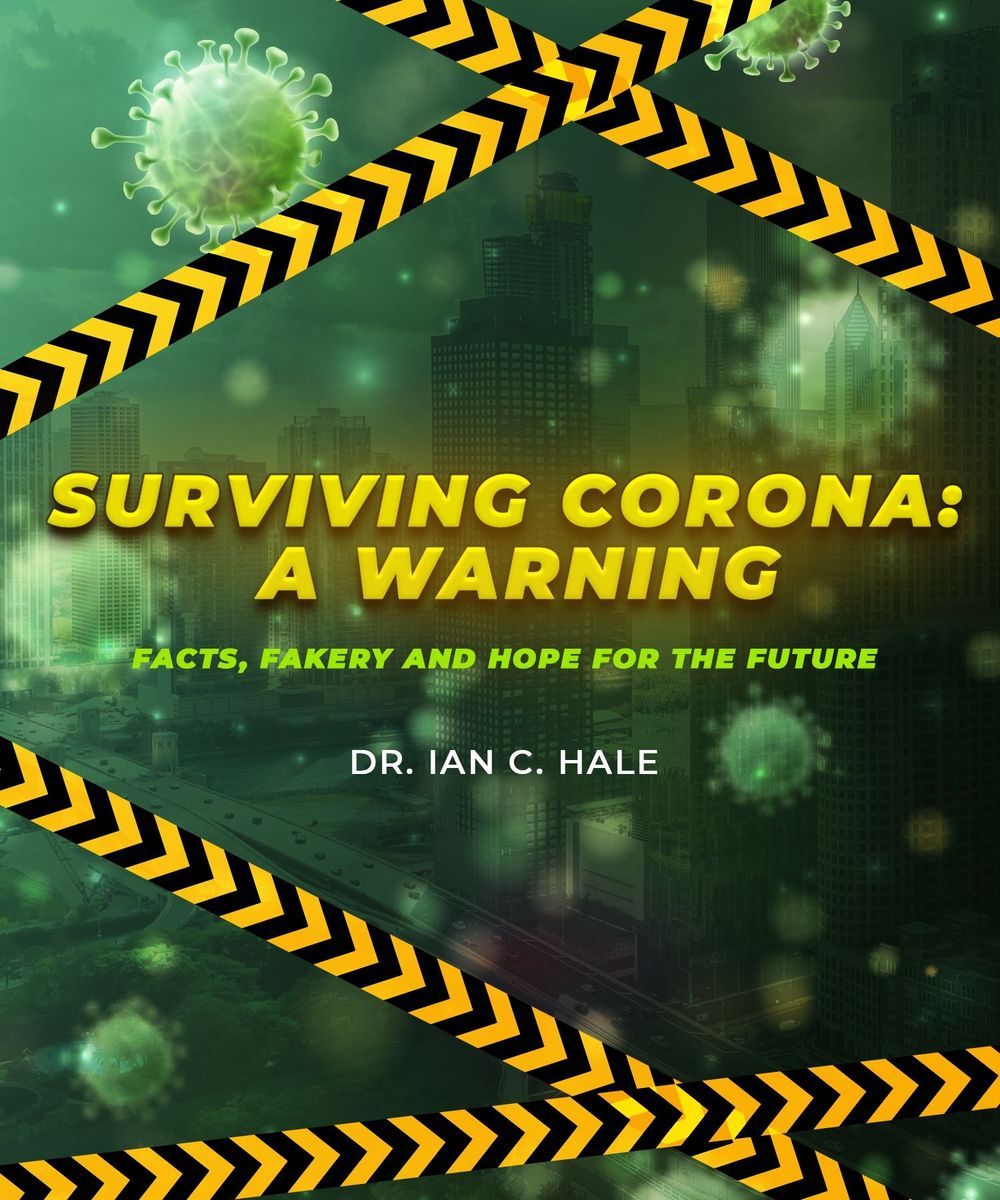Oct 8, 2020
Some Fish Can Regenerate Their Eyes. Turns Out, Mammals Have Those Genes Too
Posted by Jeremy Dylan Batterson in categories: bioengineering, biotech/medical, life extension
Perhaps in the future, gene editing may allow retinal regeneration in humans to reverse age-related vision deterioration.
Damage to the retina is the leading cause of blindness in humans, affecting millions of people around the world. Unfortunately, the retina is one of the few tissues we humans can’t grow back.
Unlike us, other animals such as zebrafish are able to regenerate this tissue that’s so crucial to our power of sight. We share 70 percent of our genes with these tiny little zebrafish, and scientists have just discovered some of the shared genes include the ones that grant zebrafish the ability to grow back their retinas.
Continue reading “Some Fish Can Regenerate Their Eyes. Turns Out, Mammals Have Those Genes Too” »
